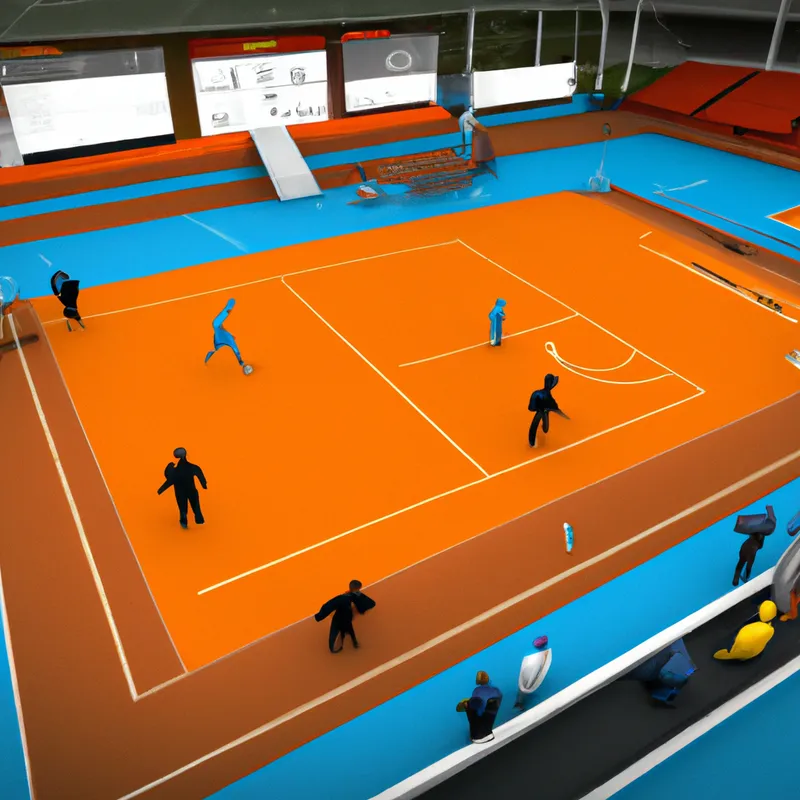Enhance Performance Tracking Using Cutting-Edge Tech
The Use of Technology in Tracking Sprint Performance
Technology enhances athletic performance significantly. Athletes seek ways to improve sprinting, and modern tools simplify performance tracking. This blog explores technology’s impact on sprint performance, offering tips and benefits.
Why Track Sprint Performance?
Tracking sprint performance yields valuable insights that boost speed and athleticism. Athletes analyze speed, technique, and endurance using various technological tools. This analysis identifies strengths, weaknesses, and improvement areas. Athletes make informed training decisions for optimal results. Technology also helps set specific goals and track progress, fostering achievement and motivation.
Types of Technology Used
Many technologies track sprint performance. Here are popular options:
1. **Wearable Devices**: Athletes use GPS watches, heart rate monitors, and fitness trackers. These devices collect real-time data during training, allowing athletes to monitor speed, distance, heart rate, and other vital stats. Analyzing this data helps assess physical exertion, recovery, and performance trends.
2. **Video Analysis**: High-speed cameras and smartphone apps capture athletes in motion. Coaches analyze footage frame by frame to identify technique flaws, such as foot placement or arm movement. This feedback helps athletes adjust their form, enhancing performance and reducing injury risk.
3. **Timing Systems**: Electronic timing gates and laser systems measure sprint times accurately. These systems record split times and overall performance, allowing athletes to evaluate speed over various distances. Knowing exact timings helps set realistic training goals.
4. **Biomechanical Sensors**: Advanced technologies like motion capture systems and pressure sensors analyze biomechanics. These sensors measure stride length, ground reaction forces, and joint angles. This data helps athletes optimize running mechanics for improved efficiency and speed.
Tips for Using Technology Effectively
To maximize technology’s benefits, athletes should follow these tips:
1. **Choose the Right Devices**: Select wearable devices that fit your training needs. Look for GPS tracking, heart rate monitoring, and fitness app compatibility. This selection ensures you gather relevant data aligned with your goals.
2. **Set Clear Goals**: Establish specific, measurable sprint training goals. Whether reducing sprint times or improving endurance, clear goals keep you focused. Technology helps track progress, providing a sense of accomplishment.
3. **Regularly Analyze Data**: Review performance data frequently to identify trends and adjust training strategies.
Conclusion
Technology significantly impacts sprint performance tracking. Athletes can optimize their training through effective use of these tools.
Below are related products based on this post:
FAQ
Why is it important to track sprint performance?
Tracking sprint performance yields valuable insights that boost speed and athleticism. Athletes can analyze their speed, technique, and endurance using various technological tools, which help identify strengths, weaknesses, and areas for improvement. This analysis enables informed training decisions, sets specific goals, and tracks progress, ultimately fostering achievement and motivation.
What types of technology can be used to track sprint performance?
Several technologies are used to track sprint performance, including wearable devices like GPS watches and heart rate monitors, video analysis tools such as high-speed cameras, timing systems that employ electronic gates and lasers, and biomechanical sensors that analyze running mechanics. Each of these technologies provides valuable data that helps athletes assess and enhance their performance.
How can athletes effectively utilize technology to improve their sprinting?
Athletes can maximize the benefits of technology by choosing the right devices that fit their training needs, setting clear and measurable goals, and regularly analyzing performance data. By focusing on relevant data and adjusting training strategies based on insights gained, athletes can optimize their sprint performance.















Post Comment